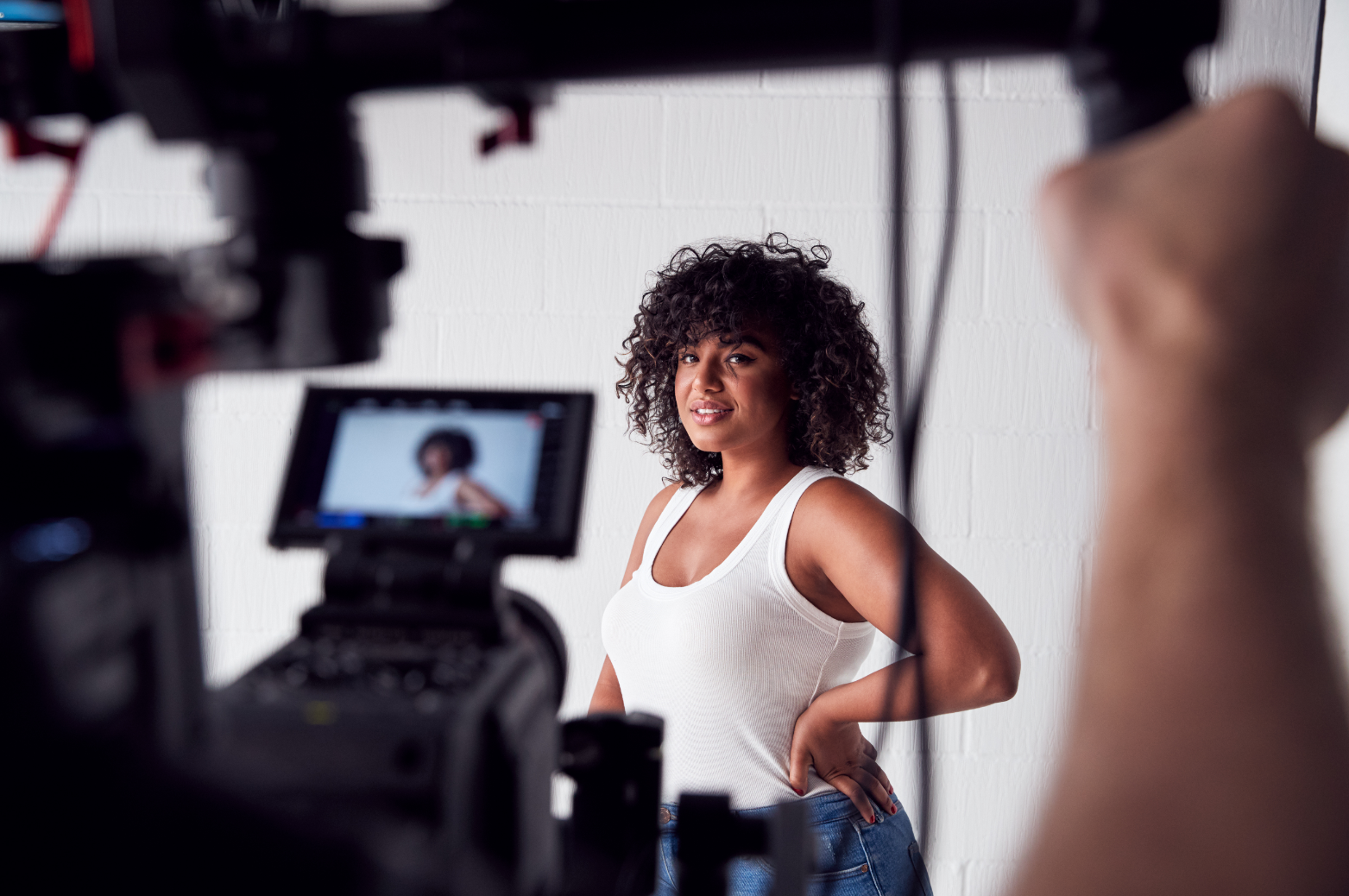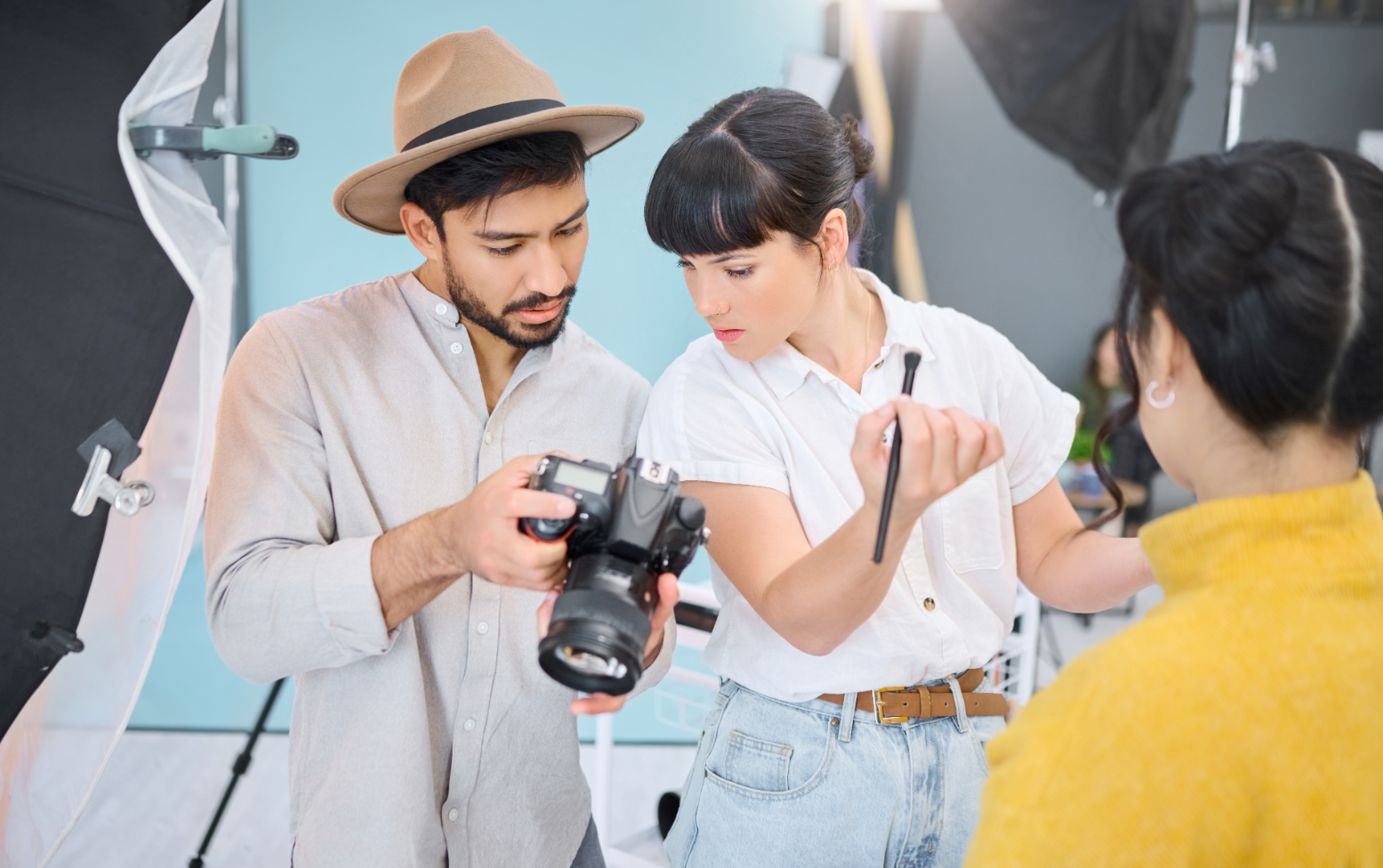Cinematography: Master Depth of Field Like a Pro

Cinematography: Master Depth of Field Like a Pro
Depth of field. It's a term thrown around a lot in filmmaking, but what does it actually mean, and more importantly, how can you use it to elevate your visual storytelling? Understanding and controlling depth of field is one of the most powerful tools a cinematographer has at their disposal. It's not just about blurring backgrounds; it's about guiding the viewer's eye, creating a sense of atmosphere, and emphasizing crucial elements within your frame. Think of it as another layer in your visual vocabulary, allowing you to add subtext and nuance to your scenes. In this post, we'll break down the fundamentals of depth of field, explore the key factors that influence it, and offer practical tips for mastering this essential cinematic technique.
Understanding the Fundamentals
What is Depth of Field?
Simply put, depth of field (DOF) is the distance between the nearest and farthest objects in a scene that appear acceptably sharp in an image. A shallow depth of field means only a small area is in focus, while a deep depth of field means a large area is in focus. Think of a portrait where the subject is sharp but the background is beautifully blurred (shallow DOF), versus a landscape photograph where everything from the foreground to the distant mountains is crisp and clear (deep DOF). The artistic choices you make regarding depth of field will dramatically affect how the viewer perceives the scene.
The perceived sharpness within the depth of field isn't actually perfectly sharp. There's a zone of "acceptable sharpness" which is determined by something called the "circle of confusion." Don't get bogged down in the technical details too much, just understand that our eyes perceive a certain amount of blur as being "sharp enough." This is what allows for a gradual transition into the out-of-focus areas, creating a pleasing aesthetic effect.
The Three Pillars of Depth of Field
Controlling depth of field comes down to understanding how three primary factors interact: aperture, focal length, and subject distance. Master these, and you'll have a solid foundation for manipulating focus in your filmmaking.
- Aperture (f-stop): This is the opening in your lens that allows light to pass through. A wider aperture (smaller f-number, like f/1.4 or f/2.8) creates a shallower depth of field. A narrower aperture (larger f-number, like f/11 or f/16) creates a deeper depth of field.
- Focal Length: This refers to the lens's magnification power. Longer focal lengths (like 85mm, 135mm, or 200mm) tend to produce shallower depth of field compared to shorter focal lengths (like 24mm, 35mm, or 50mm), when used at the same distance and aperture.
- Subject Distance: This is the distance between your camera and your subject. The closer you are to your subject, the shallower the depth of field will be. Conversely, the farther away you are, the deeper the depth of field will be.
Practical Applications and Creative Choices
Creating Separation and Drawing Focus
One of the most common uses of shallow depth of field is to isolate your subject from the background. This is especially useful in portraiture or when you want to emphasize a specific detail in a scene. By blurring the background, you eliminate distractions and force the viewer's eye to focus on what's important. Think of a character standing in a bustling street, but only they are sharply in focus, creating a sense of isolation or highlighting their importance to the narrative.
Consider the example of a detective film. You might use a shallow depth of field to focus on a crucial clue, like a dropped cigarette, while blurring out the surrounding crime scene. This instantly draws the viewer's attention to that specific detail, signaling its significance to the plot. Or, imagine a romantic scene where one character confesses their feelings to another. A soft, shallow depth of field can create a dreamy, intimate atmosphere, further emphasizing the emotional connection between the characters.
Building Atmosphere and Establishing Scale
While shallow depth of field is often used for isolation, a deep depth of field can be just as powerful for establishing a sense of scale and environment. Think of sweeping landscape shots where everything from the foreground rocks to the distant horizon is perfectly sharp. This creates a sense of grandeur and immersion, allowing the viewer to fully appreciate the scope of the setting.
Deep depth of field can also be used to create a sense of unease or claustrophobia. Imagine a scene set in a crowded subway car, where every face and every detail is in sharp focus. This can create a feeling of being overwhelmed and trapped, reflecting the character's emotional state. It's all about making conscious choices about what you want the viewer to see and how you want them to feel.
Tips for Mastering Depth of Field
Practice, Practice, Practice
The best way to truly understand depth of field is to experiment with different settings and lenses. Take your camera out and shoot the same scene with varying apertures, focal lengths, and subject distances. Pay close attention to how each change affects the overall image. Keep notes and analyze your results. This hands-on experience will be invaluable in developing your intuition and understanding of depth of field.
Use a Depth of Field Calculator
While experience is key, there are also tools that can help you plan your shots. Depth of field calculators are readily available online and as mobile apps. These tools allow you to input your camera settings (sensor size, aperture, focal length, subject distance) and see a visual representation of the depth of field. This can be incredibly helpful when you need to achieve a specific look or when you're working in challenging shooting conditions. However, don't rely solely on these tools; use them as a guide and always trust your own eye.
Consider the Sensor Size
It's important to remember that sensor size also plays a role in depth of field. Smaller sensors, like those found in smartphones or some smaller cameras, tend to produce deeper depth of field compared to larger sensors (like those found in full-frame cameras) at the same aperture and focal length. This is because the "crop factor" of smaller sensors effectively increases the focal length, leading to a deeper depth of field. Keep this in mind when choosing your camera and lenses, and be aware of how sensor size can affect your ability to control depth of field.
Conclusion
Mastering depth of field is a journey, not a destination. It requires a combination of technical knowledge, creative vision, and practical experience. But with a little dedication and experimentation, you can harness the power of depth of field to create stunning visuals and tell compelling stories. It's a skill that will undoubtedly elevate your cinematography and set you apart from the crowd. Ready to dive deeper into the world of filmmaking? Explore the resources and opportunities available at FilmBaker to further enhance your skills and connect with fellow filmmakers.


